|
Start Somewhere, Start Now
Cover Your Bases
0 Comments
To combat the challenges that self-isolation has placed on those who depend on our services, we've introduced our new online training platform. We are currently in a "beta" phase of the service. Your feedback is very much appreciated. UPDATE: We are moving the livestreams below to YouTube! CLICK HERE!
8 SERVINGS
167 kcals | 11g Protein | 28g Carbs: 4g Fiber, 8g sugar | 3g Fat Ingredients:
Instructions:
|
NANAIMO'S BEST kettlebell group, strength & fitness classes | (250) 713-1262
CategOries
All
Archives
February 2024
|
Get Social! |
Closer Than You Think!11 Giggleswick Pl
Nanaimo, BC V9S 2V7 |

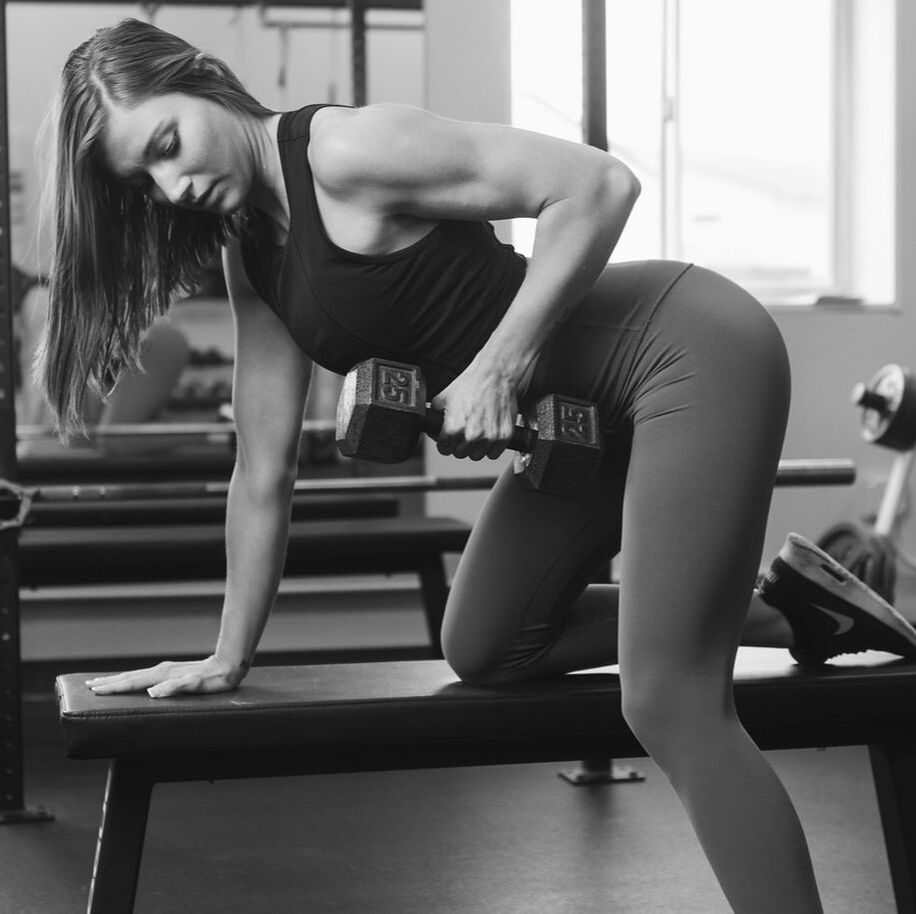
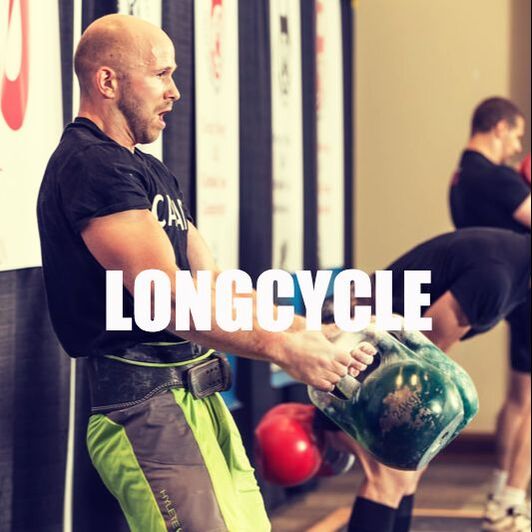
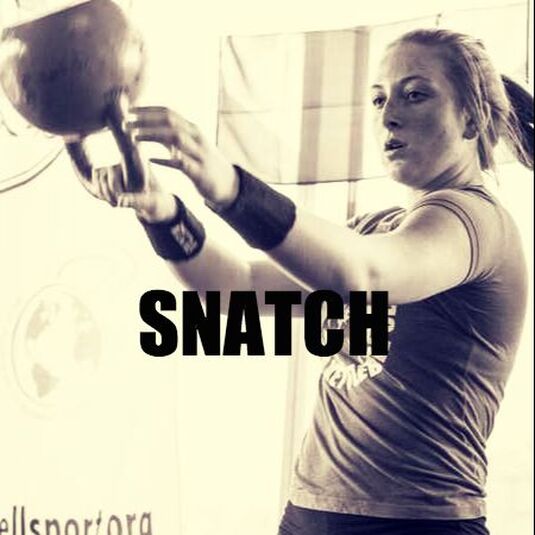
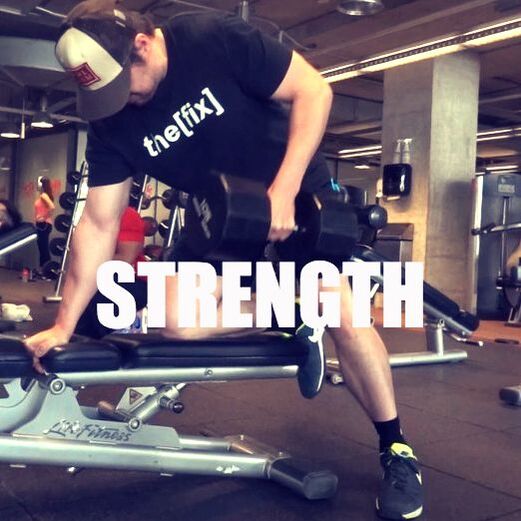
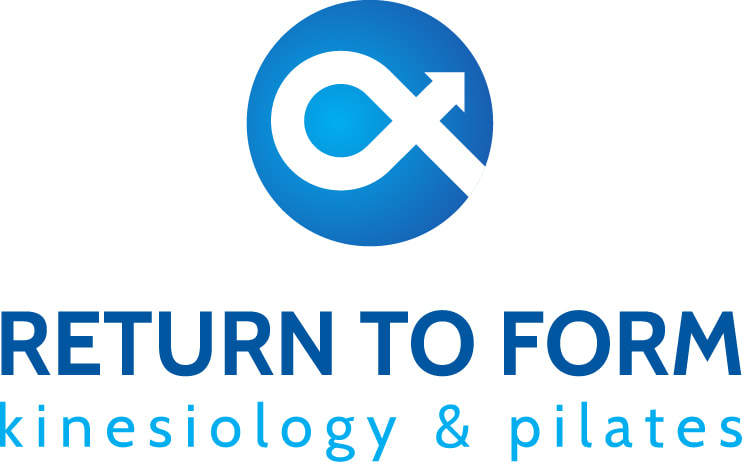

 RSS Feed
RSS Feed
